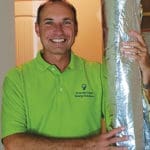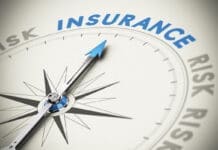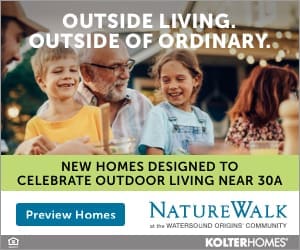By Chris Balzar
 “It’s not easy being green,” sang a very wise frog. What does “being green” mean? Being green includes many different elements: reducing, reusing and recycling, not littering, living sustainably, conserving energy and materials, going zero-waste, utilizing fair-trade and ethical production, being carbon neutral, growing organic crops, being chemical-free, going off the grid… It makes sense why Kermit said “It’s not easy being green,” and it can be overwhelming.
“It’s not easy being green,” sang a very wise frog. What does “being green” mean? Being green includes many different elements: reducing, reusing and recycling, not littering, living sustainably, conserving energy and materials, going zero-waste, utilizing fair-trade and ethical production, being carbon neutral, growing organic crops, being chemical-free, going off the grid… It makes sense why Kermit said “It’s not easy being green,” and it can be overwhelming.
 To me, being green is respecting our environment by keeping it clean, using our resources the right way without wasting them and taking actions to reduce our carbon footprint. Taking simple steps, like turning off the lights in rooms and turning off the faucet when brushing your teeth can and does make a difference. To move the needle further towards being green we have been taking some aggressive actions listed above to make further changes. In the late 70s we were alerted that our ozone layer has a hole in it and is growing. The ozone layer ranges from 6 -13 miles in the atmosphere and protects our planet from the sun’s harsh UV rays. This layer protects ecosystems, plants, animals and even us. But, there is good news. In October 2019, NOAA (National Oceanic and Atmospheric Administration) reported that our ozone layer hole is the smallest recorded. What?! Yes, the ozone is actually shrinking because of the changes we made along with ideal weather conditions. Scientists expect the ozone hole to shrink to the size it was in 1980, by the year 2070.
To me, being green is respecting our environment by keeping it clean, using our resources the right way without wasting them and taking actions to reduce our carbon footprint. Taking simple steps, like turning off the lights in rooms and turning off the faucet when brushing your teeth can and does make a difference. To move the needle further towards being green we have been taking some aggressive actions listed above to make further changes. In the late 70s we were alerted that our ozone layer has a hole in it and is growing. The ozone layer ranges from 6 -13 miles in the atmosphere and protects our planet from the sun’s harsh UV rays. This layer protects ecosystems, plants, animals and even us. But, there is good news. In October 2019, NOAA (National Oceanic and Atmospheric Administration) reported that our ozone layer hole is the smallest recorded. What?! Yes, the ozone is actually shrinking because of the changes we made along with ideal weather conditions. Scientists expect the ozone hole to shrink to the size it was in 1980, by the year 2070.
Being energy efficient means going green. Everything has a carbon footprint or can be linked to CO2 emissions. Some ways we can be green is to buy local and use fewer resources to get products or services. At ECES, we focus on homes which on average produce 7.5 tons of CO2 emissions. By taking actions to increase energy efficiency, you increase your comfort and reduce your CO2 footprint. Some actions include properly air sealing your home. These unintended gaps and cracks cause poor air quality and lose energy, which costs you money. Having the right insulation is important. If your home was built in 2004 or before, your attic may be under insulated. New construction codes have now increased the required attic insulation R value by 61% to R-30. Radiant barriers are becoming a vital component to energy efficiency. By adding a radiant barrier and additional insulation in the attic, it would reflect 97% of radiant heat and could reduce your attic’s temperature by 30 to 40 degrees in the summer. This would make your ductwork and insulation more efficient, saving you money and increasing your comfort. Another way to become more energy efficient is through windows. But replacing windows can be expensive. There are virtually clear window films which reflect 94% of radiant heat and almost all of the harsh UV rays, increasing comfort and the life of furniture and flooring. These films won’t change the architecture and are great for sunrooms, store-fronts or restaurants. Another area is a crawl space under our homes. These areas go unmonitored and traditionally use a batt insulation and netting which unfortunately fails over time, causing energy loss.
There are many ways we can become more energy efficient, be green, increase comfort and save money. It takes awareness and a professional with knowledge to identify these areas and educate us on ways to become more energy efficient and be green like Kermit.
Chris Balzer is Founder and President of Emerald Coast Energy Solutions and resides in the Santa Rosa Beach area with his wife and 3 children. For more information on how to save and become more energy efficient call (850) 588-2870, visit www.trusteces.com or email wecare@trusteces.com and Beat the Heat.






























































